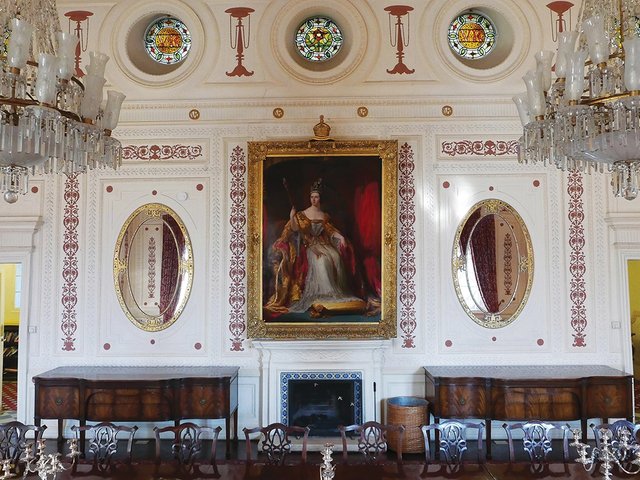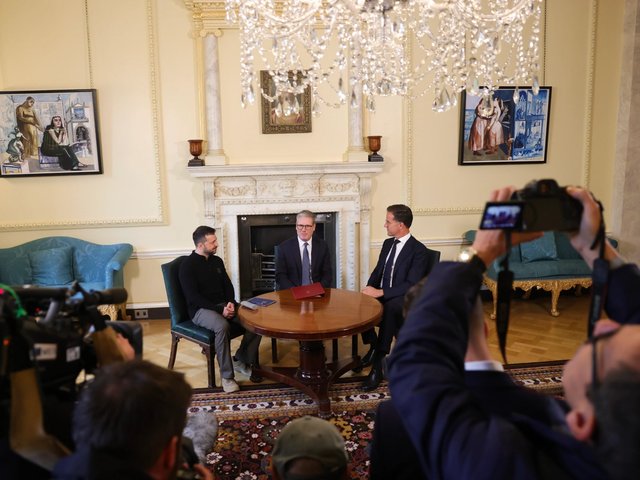The UK’s Government Art Collection (GAC) is to open its first public display space in London. A room in its new headquarters in the Old Admiralty Building, which is between Trafalgar Square and Horse Guards Parade, has just been refurbished as a viewing room.
Presently only open to invited guests, plans are being made to allow public access to the gallery during regular hours from early next year. The GAC has long wanted to provide a small gallery to show a changing selection of its nearly 15,000 works. Notable British artists in the collection include Thomas Gainsborough, LS Lowry and Tracey Emin.
Although the main purpose of the collection is to provide artworks for UK government buildings and embassies abroad, the GAC is putting greater efforts into sharing its works with a wider audience, particularly through loans and web access.
The GAC recently moved its offices into Old Admiralty House, adjacent to Admiralty Arch (lying astride The Mall, the arch building is now being converted into a Waldorf Astoria hotel). Much of Old Admiralty House has just been taken over by the Department for International Trade, but part of the ground floor is allocated to the GAC. Although the Viewing Room is modest in size, if it proves a success then a larger space may be sought.
The Viewing Room was inaugurated at the unveiling of the GAC’s latest commission: a print by the British sculptor and graphic artist Rachel Whiteread. Funded by the Robson Orr TenTen Award, her work Bubble reflects the impact of Covid-19, when under the UK’s lockdown system personal contacts were for a time limited to those within one’s small “bubble” of family and close friends. Whiteread describes the circles in her lithograph as suggestive of traces of an invisible virus.





